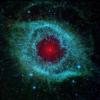Sign in to follow this
Followers
0

Voynich manuscript a century older than previously thought.
By
nabraxas, in News & Notices

By
nabraxas, in News & Notices